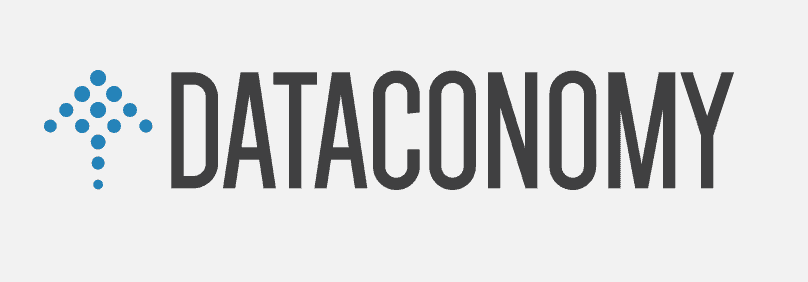
- 25 September, 2017
Dataconomy article – How to keep graph databases both flexible and secure
Graph databases are now common within a range of industries such as life sciences, healthcare, financial services, government and intelligence. Graphs are particularly valuable in these sectors because of the complex nature of the data and need for powerful, yet flexible data analytics. In addition, graph databases allow visibility across the data – enabling organizations to share data and show how data is connected.
“Enterprises want the flexibility of graph databases, but they also want the security they have come to rely upon with relational databases,” said Dr. Jans Aasman, CEO of Franz Inc. “Our new Triple Attributes gives organizations an elegant mechanism to implement the ultimate in graph database security.”
On November 6th, Franz Inc announced Triple Attributes for its Semantic Graph Database, known as AllegroGraph. This innovative feature for AllegroGraph provides the necessary power and flexibility to address high-security data environments such as HIPAA access controls, privacy rules for banks, and security models for policing, intelligence and government. AllegroGraph Triple Attributes for Security is easier to use and provides more expressiveness than security methods in relational databases or property graph databases, while avoiding performance degradations.
With AllegroGraph’s unique Triple Attributes capabilities, data can be made transparent to users based on roles. Triple Attributes provides the linking and discovery power of Graph Databases with the security of need-to-know access. This approach has the flexibility to implement HIPAA for the healthcare industry, the privacy rules for the financial industry and the government models and policies for classified information.
Triple Attributes – Semantic graph databases store their data in the W3C standards based Resource Description Framework (RDF) also known as ‘triples’ (or quads). Each node-link-node combination that forms the graph is stored in these standards compliant ‘triples.’ AllegroGraph Triple Attributes provides metadata for each individual triple. Typical uses of Triple Attributes are date, time, weight, security level, classification level, trust level and provenance information – although any user defined attribute is allowed. These attributes can be accessed in queries and graph algorithms and greatly expand the power of graph based applications.
Security and More – The Triple Attributes feature was initiated for government level data security, but the design goes well beyond security. Triple Attributes can be implemented for such diverse data analytics domains as AI truth maintenance systems, atmospheric observations to better understand real world events like crop yields, or storing blockchain hashes and ICO public keys for KYC applications and analytics.
Knowledge Graph and Artificial Intelligence (AI) – The foundation for Knowledge Graphs and AI lies in the facets of semantic technology provided by AllegroGraph. Semantic Graph databases provide the core technology environment to enrich and contextualized the understanding of data. The ability to rapidly integrate new knowledge is the crux of the Knowledge Graph and depends entirely on semantic technologies.
Triple Attribute Security is available in AllegroGraph v6.3, which also includes:
- Defining customized Magic Properties – AllegroGraph lets users define Magic Properties so that you can connect from SPARQL to other databases, machine learning tools, and programming languages which provides a highly enriched application query environment.
- Improvements and new features in AGWebView, including the ability to add data by pasting in a text area, new report dialogs which detail storage usage and other things, a new index management page.
- Support for XQuery and XPath math functions.
- CORS support: CORS (Cross-Origin Resource Sharing)
AllegroGraph is a database technology that enables businesses to extract sophisticated decision insights and predictive analytics from highly complex, distributed data that cannot be uncovered with conventional databases. Unlike traditional relational databases or other NoSQL databases, AllegroGraph employs semantic graph technologies that process data with contextual and conceptual intelligence. AllegroGraph is able run queries of unprecedented complexity to support predictive analytics that help organizations make more informed, real-time decisions and is utilized by dozens of the top F500 companies worldwide.







